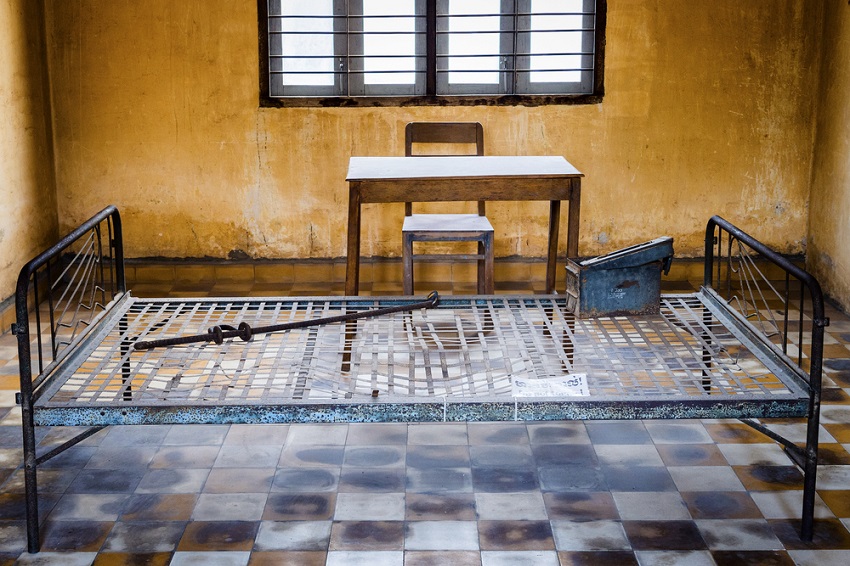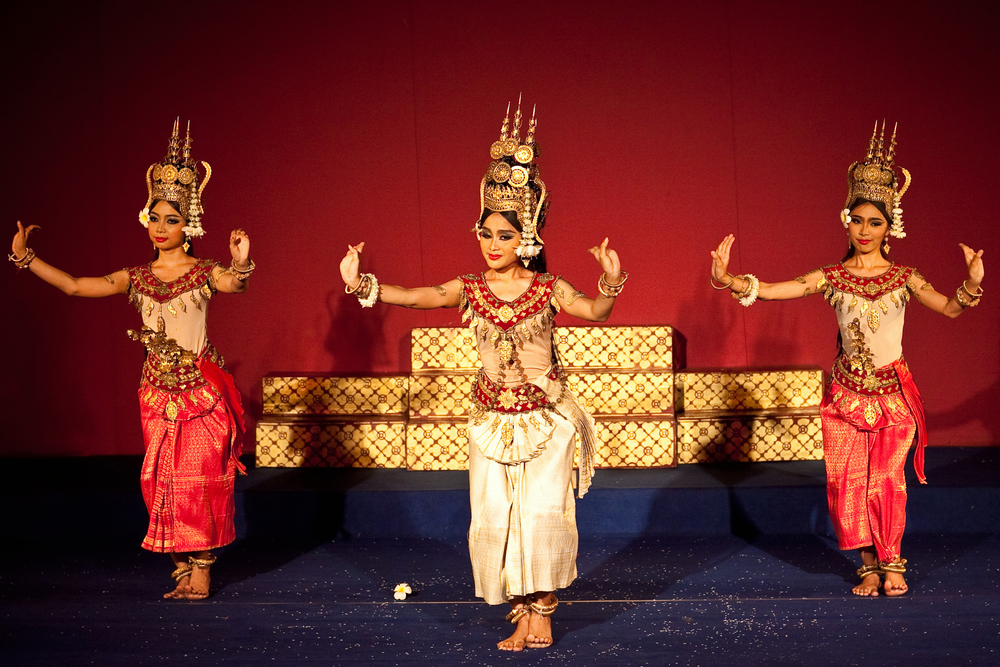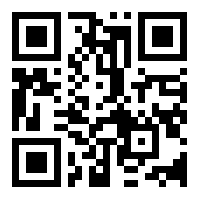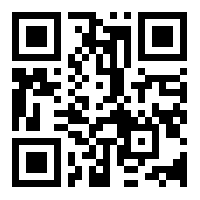Cambodia - museum
There are 9 museums in Cambodia. Most of themare located in Phnom Penh and Siem Reap under the support of Apsara Authority and related departments. There are museums that display the history and culture of the glorious days of Cambodia for example, National Museum of Cambodia and Ankor National Museum. On the other hand, there are museums that display political history and the dark age of Cambodia during the Khmer Rouge regime for example, Tuol Sleng Genocide Museum, Cambodia Landmine Museum, and War Museum Cambodia (Panita Srawasi, 2559).
Moreover, there are Angkor Wat and other archaeological sites that can be considered as site museums. They are an important learning center for Cambodian and tourists who share an interest in cultural study as well as beliefs and religions of Cambodian in the past. Angkor Watis an important archaeological and architecture site of Cambodia. It was built by King Suryavarman II dedicated to the Hindu god, Vishnu. The temple was one of the largest religious monuments. Unlike most Ankorian temples, Angkor Wat was oriented to the west rather that the east. It was assumed that the temple faced this way because the west was associated with Vishnu. The temple carvings mainly represented stories about Vishnu; Vishnu defeating Asuras, Krishna’s victory over Bana, King Suryavarman II’s posthumous name, Paramavishnuloka, and his picture. Therefore, the whole area of the temple wasnot only the collection display area, but theybecame an important knowledge center. People could learn from its architecture, arts, structure because everything here was worth to study.
National Museum of Cambodia is an important historical and cultural knowledge center of Cambodia as it was built by George Groslier, French archaeologist, historian, curator who was the motivating force behind Cambodian arts revival. He was the founder of the Royal University of Fine Arts in Cambodia. The museum was located to the north of the Royal Palace. The museum buildings were constructed in 1905 inspired by Khmer temple architecture. It was named “Musee Albert Sarraut” after the then French Governor-General of Indochina. The name was inaugurated in the presence of H.M. King Sisowath. 8 years after the Independence, it was renamed to “National Museum of Cambodia.” The museum stores a collection of ethnographic object from different archaeological sites around 15,000 objects. Most of them are kept in storeroom and only 2,500 works of art are selected for displaying. (Santi Pakdikam, 2556:99)
Another important religious place, that is the center of faith of Cambodian, is the Silver Pagoda or Wat Preah Keo. It was constructed by King Norodom Sihanouk in 1892 andwas situated on the south side of the Royal Palace. The Silver Pagoda was inlaid with more than 5,000 silver tiles. Each tile weighed more than 1 kilogram. The Pagoda housed 2 national Buddha statues; the Emerald Buddha from the 17th century and Gold Buddha weighed 90 kilograms decorated with 9,584 diamonds. The largest of all diamonds weighed 25 carats. (Indochina Studies Center, Graduate School of Public Administration, Burapha University, n.d.: 103-104). During the Khmer Rouge regime, this temple housed national artifacts more than 1,600 pieces such as Sarira, Buddha images made of rock and metal and other antiques. In short, this place did not only house sacred Buddha images, but also housed Cambodian Royal religious artifacts. (Marilyn Seow and Laura Jeanne Gobal (ed), 2004:25)
Apart from Cambodian important historical and cultural museums, there are also museums that display the tragedy during the Khmer Rouge regime. Tuol Sleng Genocide Museum chronicled the Cambodian genocide. The site was built in 1962 and was a former high school which was used to imprison and interrogate political prisoners by the Khmer Rouge regime (a.k.a. Security Prison 21 or S-21). The museum displayed life in the prison of prisoners that were tortured to death through photographs and torturing equipments that were used during that time. There were displays of human skulls and photographs of prisoners who were killed in this prison. (Indochina Studies Center, Graduate School of Public Administration, Burapha University, n.d.: 106).
Even though Cambodia does not have many museums, but they were valuable and knowledgeable for Cambodians and Tourists. In 2015, Cambodia had just opened Angor Panorama Meseum lately. It represents the glorious time of Khmer Empire during B.C. 9 – 15 through elegant panorama oil paintings. But what we concerned is that this museum was designed and invested by Mansudae, North Korea’s biggest art studio in the world. In short, this museum was not constructed by Cambodian people but was just situated in Cambodia. According to the construction deal, the profits of the first period belong to the art studio, after which the next 10 years, the profits will be split evenly between Cambodia and the studio. Later the management will be transferred to the Apsara Authority. The authority hopes to attract tourists who come to visit Angor Wat. However, from the recent visits, there were only 20 tourists visited the museum per day (Panita Srawasi, 2559). This could be an important issue that the museum founder and the authority needed to realize and brainstorm to find the way to attract more tourists and improve the museum presentations.
Bibliography
Panita Srawasi. (25 March 2559). North Korean Museum Business in Cambodia. Retrieved 28 September 2559, from http://www.sac.or.th/databases/museumdatabase/blog_inside.php?id=2078
Santi Pakdikam. (2556). 100 Things to Know in Cambodia. Bangkok: Amarin Comics Amarin Printing and Publishing.
Indochina Studies Center, Graduate School of Public Administration, Burapha University, (n.d.), Basic Information of Kingdom of Cambodia. Chonburi: Indochina Studies Center, Graduate School of Public Administration, Burapha University.





